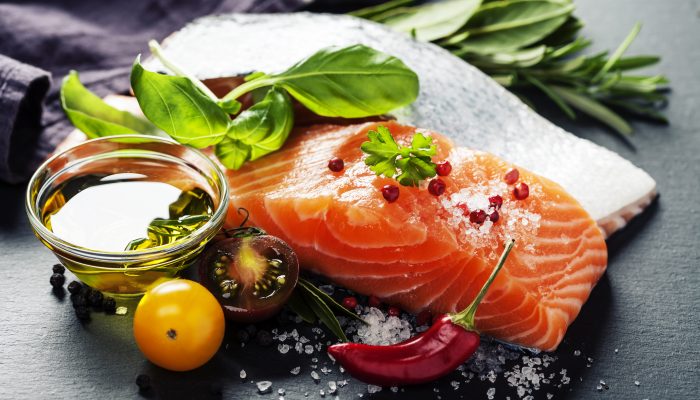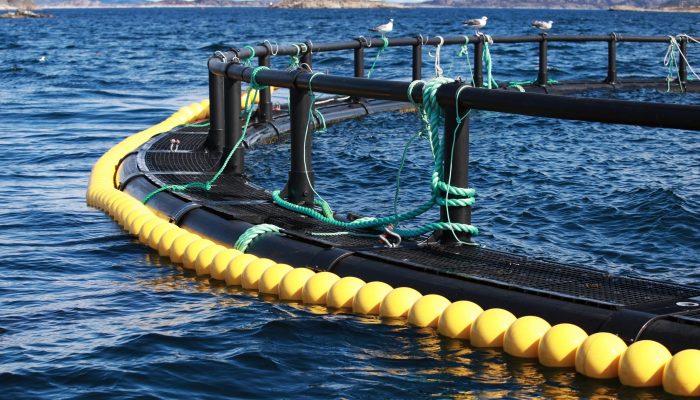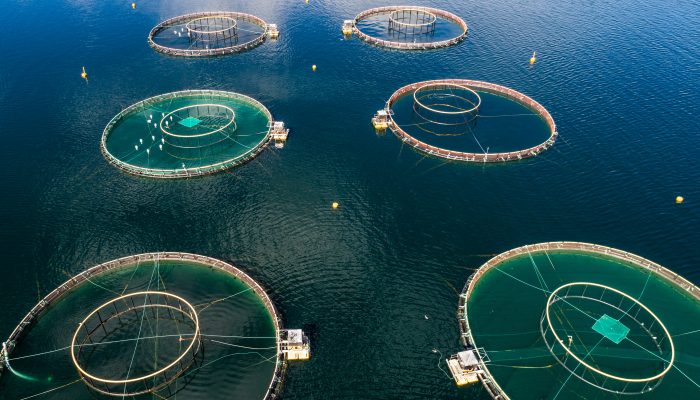Fresh, delicious salmon should always have rich color to match its flavor. It comes like that in the wild, so why is pigment given to farm-raised salmon in their feed? It all has to do with the nutrients in the salmon’s diet. Find out how salmon producers formulate these vital nutrients, and the difference that a natural component makes in the final product.
Creating Beautiful Color
Salmon’s vibrant color comes from nutrients called carotenoids in their diet. The carotenoid astaxanthin is supplemented by salmon producers. Too often, though, the form of astaxanthin that salmon farmers use in their feed is synthetic, and derived from petrochemicals. A natural alternative exists, called Panaferd – and it’s derived entirely from the carotenoid-producing bacteria at the very start of salmon’s food chain.
Why Add Pigment?
So why is pigment added to salmon feed in the first place? Because farmed salmon don’t eat the same foods that wild salmon do, and their flesh would turn out grey otherwise. All farmed salmon need carotenoids added to their diet for the rich color that consumers expect. That leads some producers to use synthetic carotenoids made from petroleum products, rather than natural supplements like Panaferd.
Providing a More Natural Feed
Panaferd helps create a more natural diet by mimicking the carotenoid sources salmon would eat in the wild. Derived from specially-selected strains of bacteria at the bottom of salmon’s food chain, Panaferd is added during feed processing. Along with the right conditions, feeding with Panaferd can help farmers produce beautiful, natural fish.
Your Natural Choice
For proper color, farmers have to add pigment to the feed for their salmon. Ensure that they’re using a natural pigment, ask about Panaferd. If you’re interested in learning more about Panaferd, explore our site or contact us. Find out why farmers are choosing the natural pigment.



